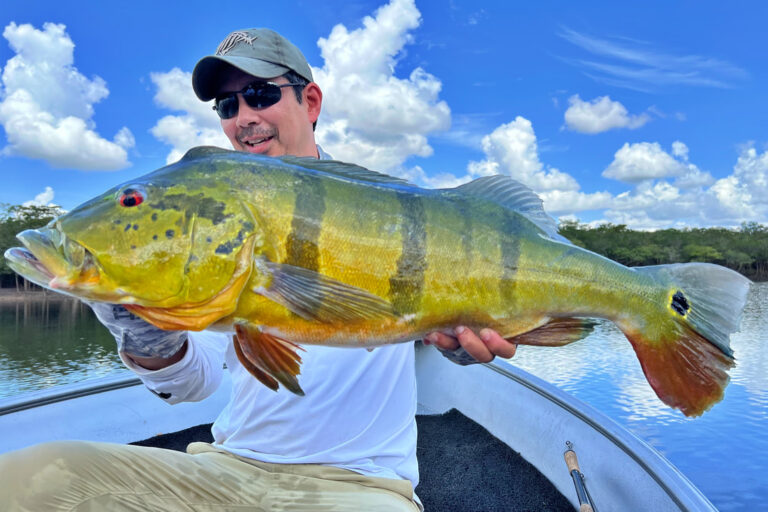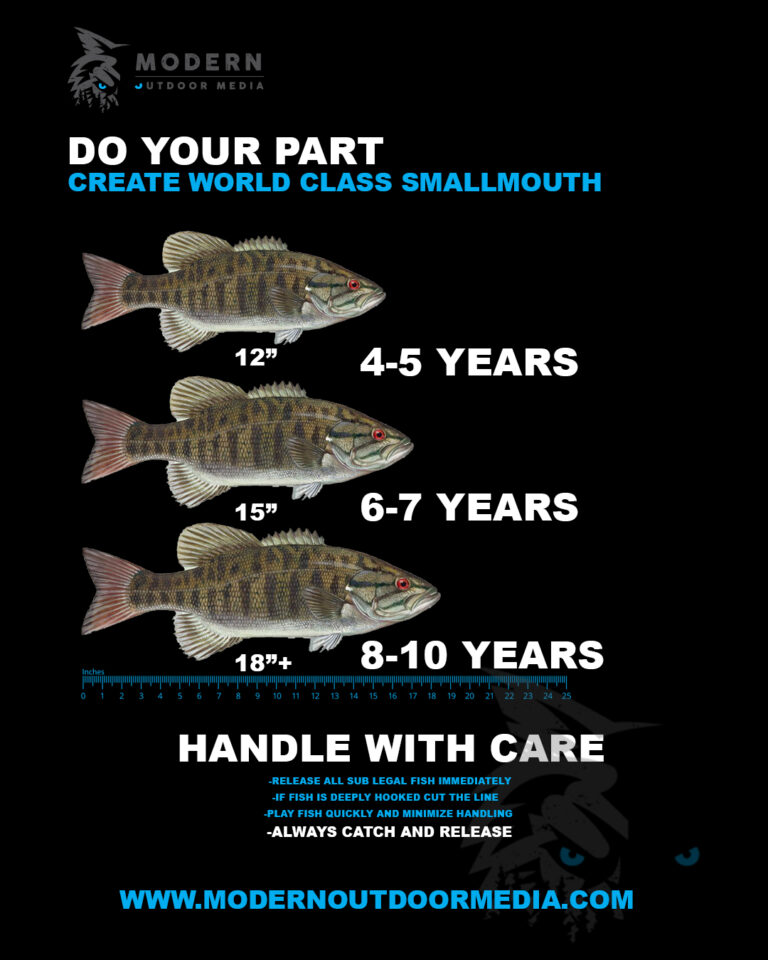How to Fillet a Bass Fish

To fillet a bass fish, start by making an incision behind the gills. Continue cutting down to the backbone at a slight angle.
Fishing enthusiasts often find bass a rewarding catch for both sport and culinary enjoyment. Mastering the art of filleting this fish is essential for those looking to enjoy a fresh, home-cooked meal. A properly filleted bass ensures minimal waste and a better-tasting filet.
The process requires a sharp knife and a bit of technique to yield the best results. Bass, known for its mild flavor and versatility in recipes, presents an excellent opportunity to enhance your kitchen skills. Whether you’re a seasoned angler or trying your hand at preparing fish for the first time, learning to fillet a bass is a valuable and satisfying skill to develop.

Credit: www.theintrepideater.com
Essential Tools For Filleting Bass
Selecting the right knife is crucial for efficiently filleting bass. An ideal knife is flexible and has a sharp, thin blade. Fish filleting knives usually range from 4 to 9 inches in length. The size of your bass will determine the knife length needed.
To ensure a clean cut, sharpening your blade is necessary. Consistently sharpen your knife using a whetstone or knife sharpener. Maintain the blade’s edge for precision and safety.
Beyond the knife, essential filleting gear includes a cutting board, gloves for grip, and a fish scaler. A
| Item | Use |
|---|---|
| Cutting Board | Stable surface for cutting |
| Gloves | Protect hands, improve grip |
| Fish Scaler | Remove fish scales |

Credit: msmarket.coop
Preparation Before The Cut
Ensuring a clean work area is crucial before starting. Make sure all surfaces are sanitized and clear. You will need a sharp knife and a sturdy cutting board. Next, scale the bass to remove all the scales. Use either a scaling tool or the back of your knife. Work from tail to head, applying gentle pressure.
For the actual filleting, secure the fish to prevent it from slipping. It could be clamped down or held in place with a damp cloth. Safety always comes first, so don’t rush this step. Steady hands lead to better cuts and a clean fillet.
Mastering The Initial Incisions
Positioning the bass correctly is crucial to making perfect incisions. Lay the fish on its side. Ensure the belly faces you. This setup provides better control.
Moving to the first slice techniques, use a sharp knife. Start behind the gills and pectoral fin. Slice downwards until you hit the backbone. Glide the knife along the spine. Extend the cut towards the tail. Keep the blade angled downwards to avoid bone.
Identifying anatomy landmarks aids precision. Locate the dorsal fin on the fish’s back. Feel for the harder texture of bones. Use the knife tip to navigate around rib bones. These landmarks guide your blade for a cleaner fillet.
Removing The Fillets
To fillet a bass fish, start by laying the fish on its side. Carefully cut behind the gills and pectoral fins. Follow the fish’s backbone with your knife.
Separate the fillet from the bones by slicing along the ribs. Use the knife tip to make careful cuts. Gently pull apart the meat as you cut.
To minimize waste, trim near the fish’s tail and remove all bones. The goal is to keep the fillet as whole as possible. Take your time to ensure that no meat is left on the bones.
Skinning And Final Touches
Efficient skinning methods ensure a smooth process.
Begin by making a shallow cut.
Follow the fish’s spine closely with your knife.
Trimming the fillet improves the overall quality.
Remove any excess fat or skin.
Small, sharp scissors can help with precision work.
Cut away the rib bones carefully to avoid waste.
For storing the fillets properly, cool temperatures are key.
Wrap the fillets in parchment or wax paper.
Place them in a plastic bag before refrigerating.
This method prevents freezer burn and preserves taste.
Safety And Clean-up
Handling knives with care is essential to avoid injuries. Always use a sharp knife as it is safer and provides more control. Keep your fingers away from the blade and cut away from your body.
For the disposal of fish remnants, such as scales and innards, place them in a sealed bag. Dispose of them properly according to local regulations to prevent odors and pests.
Clean your equipment right after use to avoid bacteria and smells. Scrub your cutting board with hot, soapy water. Rinse the knife and dry it thoroughly to prevent rust. Always sanitize your work area to maintain hygiene.

Credit: m.youtube.com
Frequently Asked Questions On How To Fillet A Bass Fish
What’s The Easiest Way To Fillet A Bass?
To easily fillet a bass, start by making a diagonal cut behind the gills. Slice along the backbone to the tail with smooth, steady strokes. Lay the fillet skin-side down, then carefully slide the knife between the meat and skin to separate them.
Can You Fillet Largemouth Bass?
Yes, you can fillet largemouth bass. It’s a popular game fish known for its tasty, flaky meat. Employ proper filleting techniques for the best results.
How Do You Clean Bass To Eat?
Begin by descaling the bass with a spoon or fish scaler. Next, remove guts and rinse the cavity. Finally, cut off the head, fins, and tail, and wash the fish thoroughly.
How Do You Cut Sea Bass Into Fillets?
Start by laying the sea bass on a flat surface. Use a sharp knife to slice behind the gills and along the backbone. Carefully angle the knife to glide over the bones, separating the meat. Flip the fish and repeat the process for a second fillet.
Conclusion
Mastering the skill of filleting a bass unlocks the freshest flavors from the water to your table. Practice makes perfect, so grab your fillet knife and a fresh catch. Embrace the patience and precision – before long, you’ll be serving up delectable, bone-free fillets like a seasoned chef.
Happy fishing and happy filleting!




